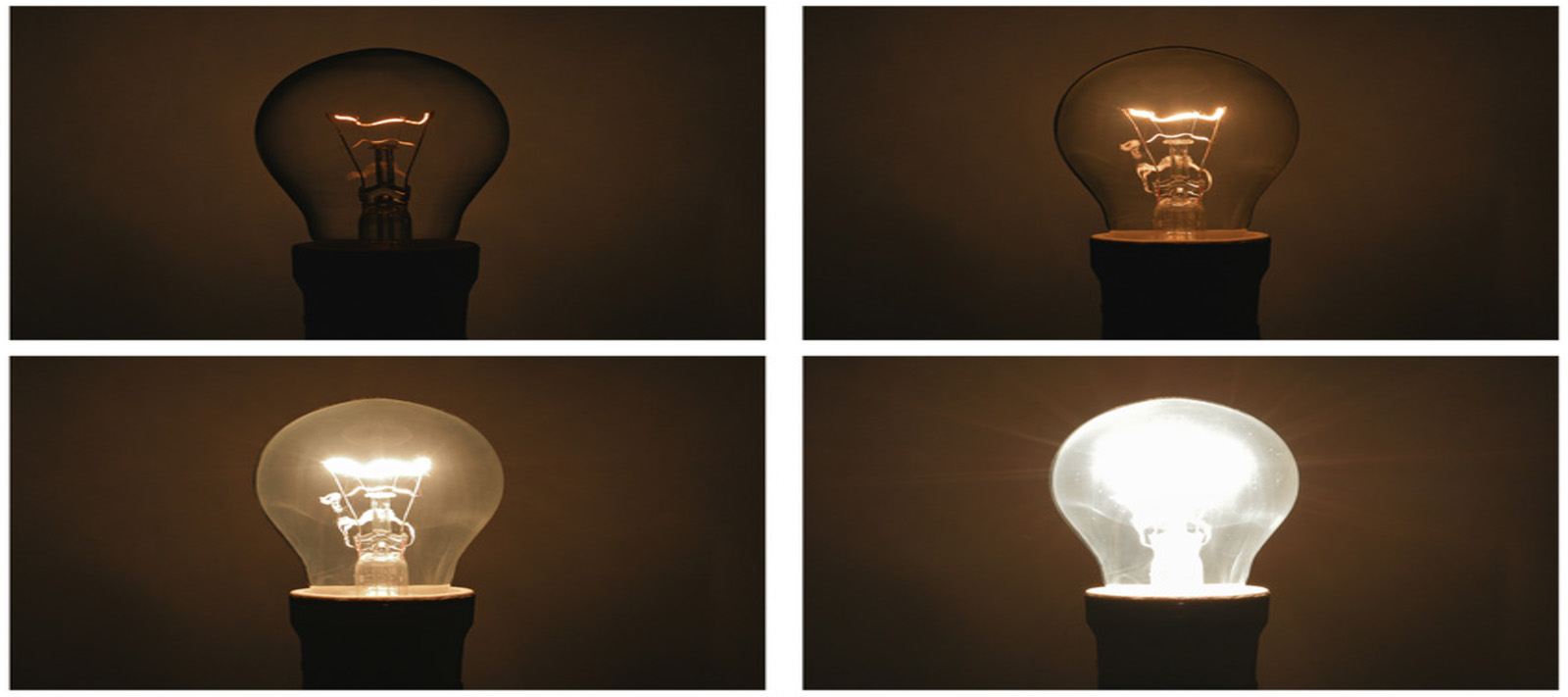
Dimming your lights could cost you MORE money
An easy test to see if you're wasting power is by touch. If your dimmer feels warm/hot after a few minutes of being on, it may not be saving you money... And, like anything in your home, if the dimmer switches aren’t functioning properly it can be annoying or even concerning.
Installing dimmer switches is a great way to change up your existing lighting and change the ambience of the room. Unfortunately, some homeowners may notice that the dimmer switch is buzzing or humming, the lights are flickering, or they aren’t dimming properly.
While modern dimmers (less than 5 years old) do use less electricity, older dimmers work by interrupting the flow of electrical current passing from the switch to the light bulb so that the light bulb appears dimmer, but it actually takes more electrical current to divert the current through the resistor and any excess power is converted to heat. The resistor can also sometimes overheat and cause vibration in the electromagnetic field, emitting that buzzing sound.
Sometimes the buzzing is caused by a fault in the wiring or switch mechanism, but most commonly, it’s in the light bulb. A little detective work may be required, so here are our tips to identify what the problem may be:
The light fixture connected to a dimmer switch is buzzing or humming. If the buzz is coming from the light bulb, then changing the bulb is a simple and safe first check. You might need a different type of bulb if you find the buzzing continues even with a new one. Dimmers require dimmable bubs and have a minimum and maximum rating (e.g. 40-250W). Add up the wattage of all the bulbs on your dimmer and check it is in the rated range.
Cheaper LED bulbs don’t dim very far, so trying to dim past that point can cause them to buzz and/or flicker. LED bulbs are typically around 10% of the power of traditional bulbs and so changing from incandescent or halogen to LED bulbs can cause the dimmer to need to run under its stated minimum causing issues with dimmer and/or the connected bulbs.
The dimmer switch is making the lights pop on, cut out or flicker. Not all bulbs are dimmable, so make sure the ones in your fixture are. Like we mentioned above, not all types of bulbs are compatible with all dimmer switches and some dimmer switches do not work properly when a LED bulb is installed due to an incompatibility with the load. It’s also worth noting that cheap dimmer switches and cheap bulbs often give a much smaller dimming range – for example, you may only be able to dim to 60% and not all the way down to, say, 5 or 10% of the bulb output.
The dimmer switch is buzzing or humming. Old-style dimmer switches worked by interrupting the flow of electrical current passing from the switch to the light bulb by means of a variable resistor. The resistor can thus sometimes overheat and cause vibration in the electromagnetic field, emitting that buzzing sound.
If the buzz is coming directly from the switch itself, consumer unit or lighting circuits, then you may have a more serious problem. If it's a wired switch, then the wiring may be loose, faulty or not grounded properly; the circuit may be overloading, arcing or might at any moment fail to shut off. Poorly or improperly connected wires might fail to activate the circuit breaker. Any of these circumstances represent a potential fire hazard, so don't try to fix such electrical problems yourself. Immediately shut down the affected circuit and call an electrician.
